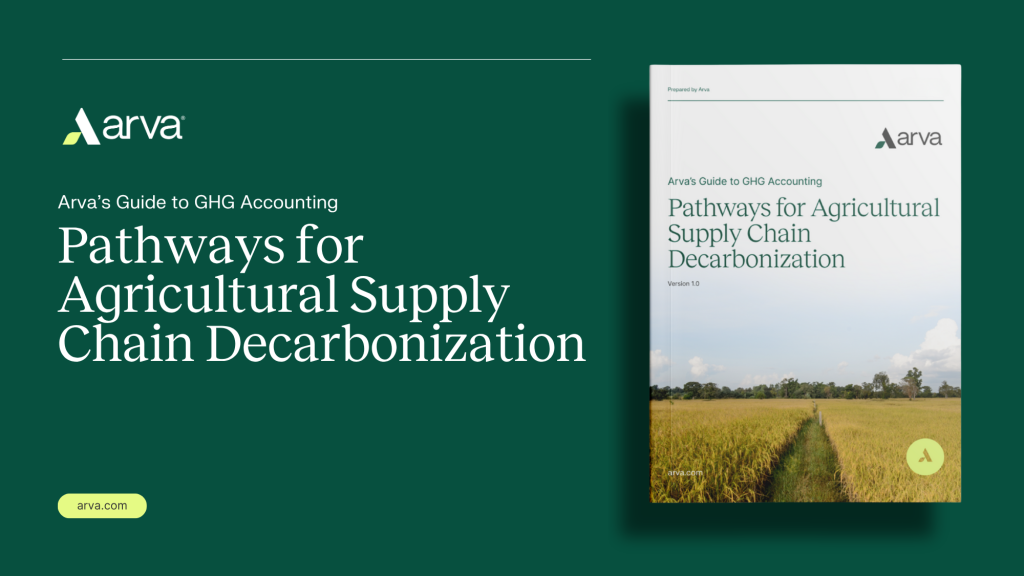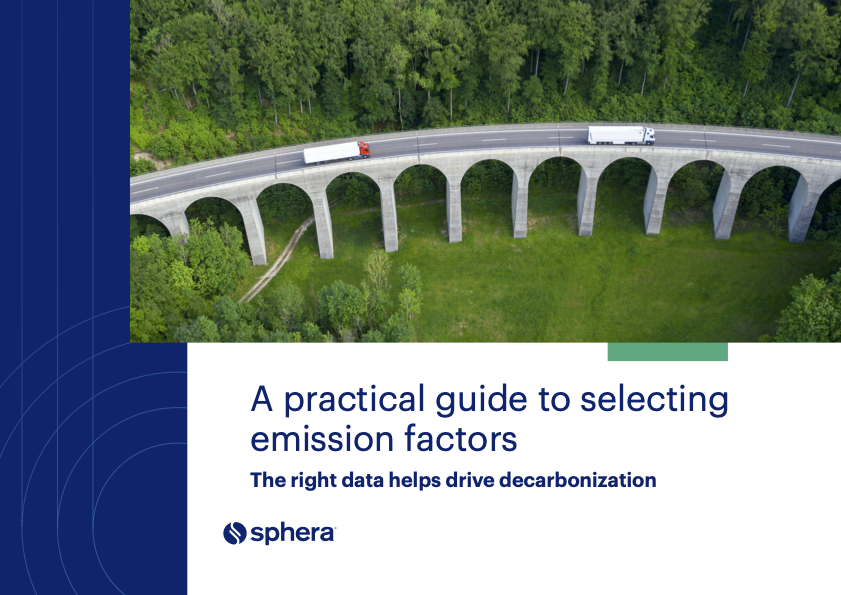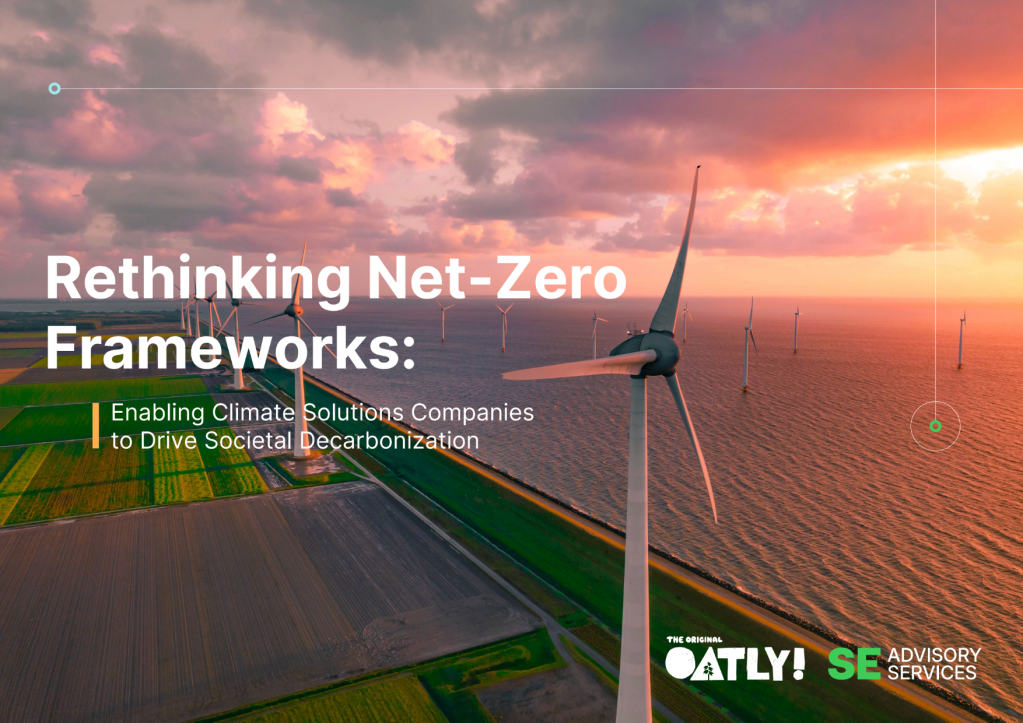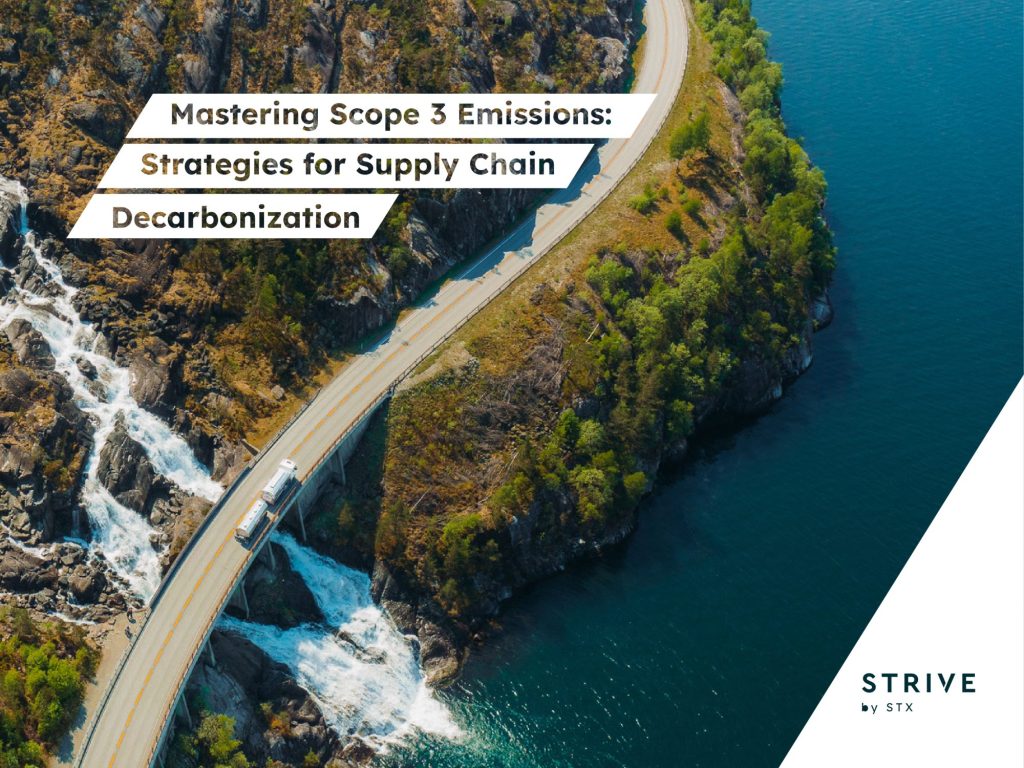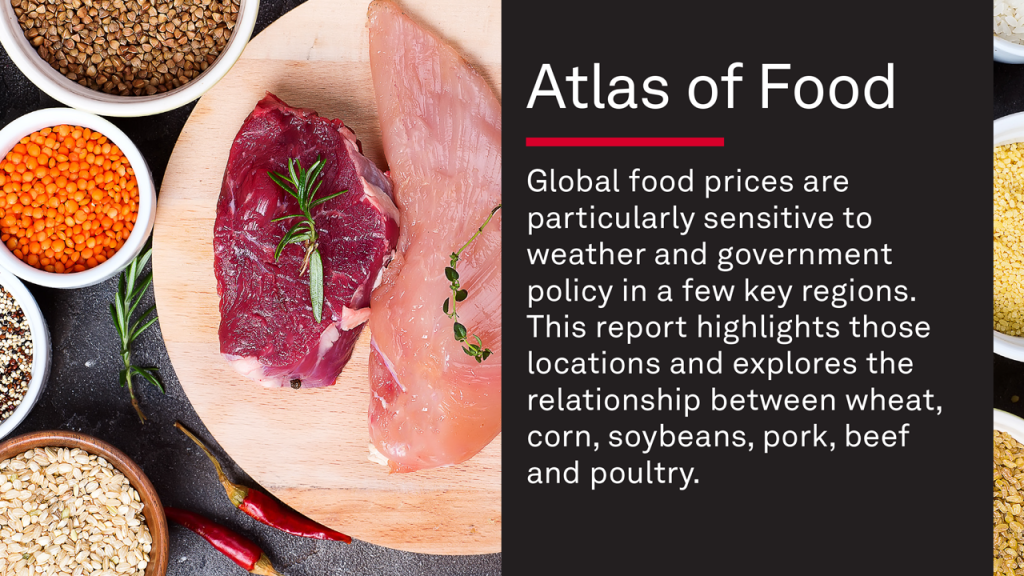90-Billion Gallon Biofuel Deployment Study: Executive Summary
An in-depth study by Sandia National Laboratories and General Motors Corp. has found that plant and forestry waste and dedicated energy crops could sustainably replace nearly a third of gasoline use by the year 2030.
The goal of the 90-Billion Gallon Biofuel Deployment Study was to assess whether and how a large volume of cellulosic biofuel could be sustainably produced, assuming technical and scientific progress continues at expected rates. The study was conducted over a period of
nine months.
Researchers assessed the feasibility, implications, limitations, and enablers of annually producing 90 billion gallons of ethanol — sufficient to replace more than 60 billion of the estimated 180 billion gallons of gasoline expected to be used annually by 2030. Ninety billion gallons a year exceeds the U.S. Department of Energy’s goal for ethanol production established in 2006.
The 90 Billion Gallon Study assumes 75 billion gallons would be ethanol made from nonfood cellulosic feedstocks and 15 billion gallons from corn-based ethanol. The study examined four sources of biofuels: agricultural residue, such as corn stover and wheat straw; forest residue; dedicated energy crops, including switchgrass; and short rotation woody crops, such as willow and poplar trees. It examines the costs of producing, harvesting, storing and transporting these sources to newly built biorefineries.


